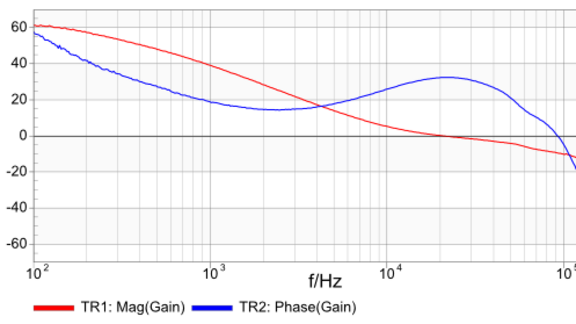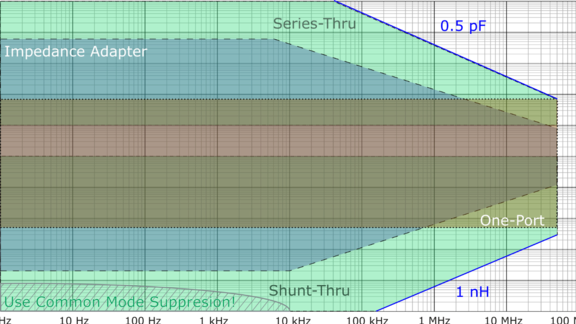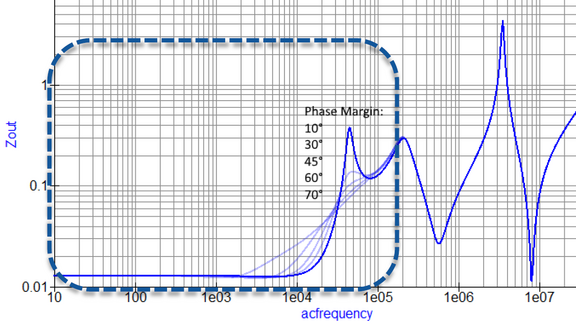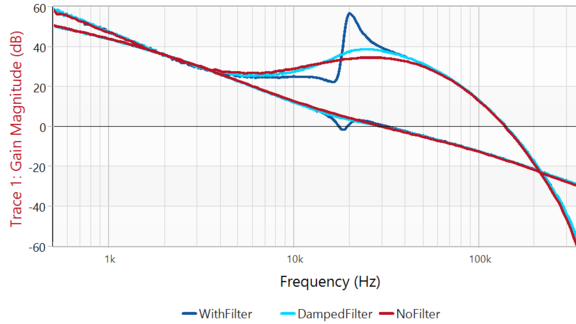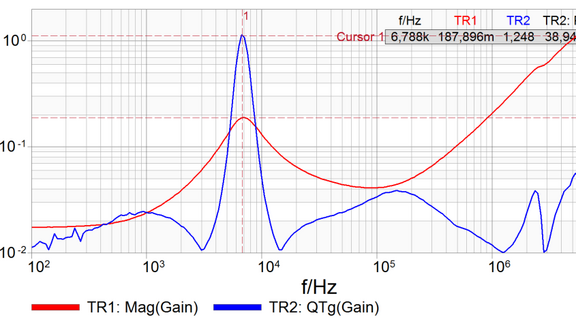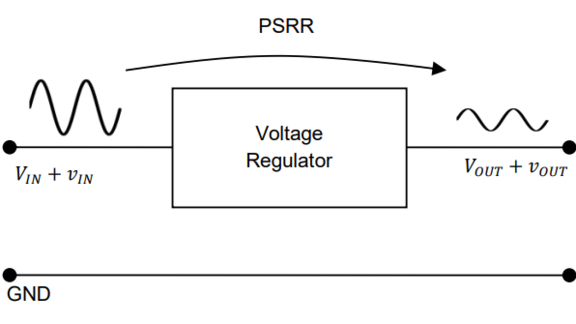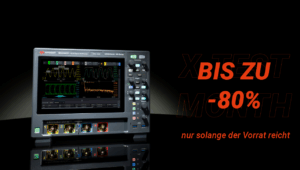Für alle, die es ganz genau wissen wollen
Bode 100 & 500 liefern erstklassige Ergebnisse bei der Analyse von Schaltungen, Filtern & Netzteilen
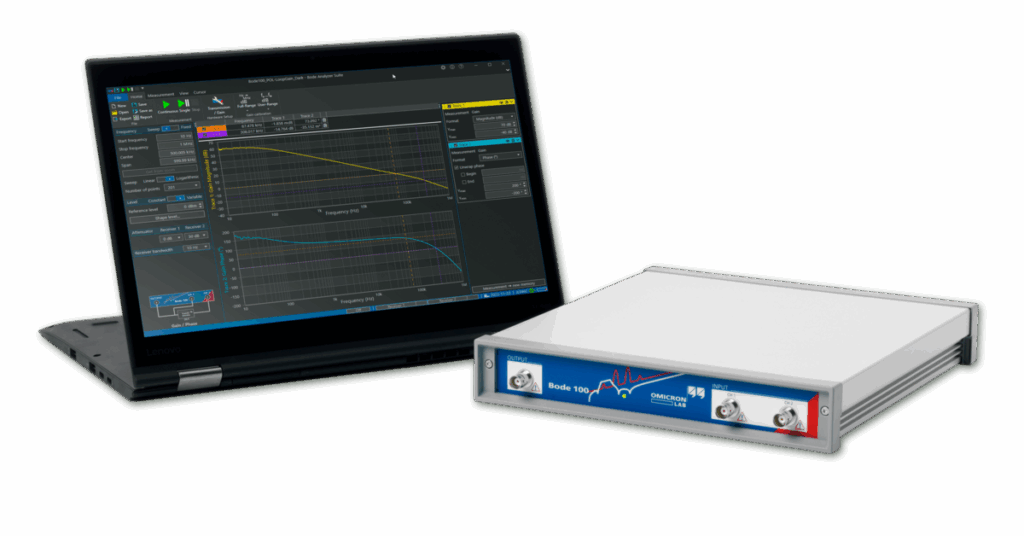
Die Bode 100 und Bode 500 von OMICRON Lab sind hochpräzise Vektor-Netzwerkanalysatoren, die entwickelt wurden, um elektronische Schaltungen und Komponenten über ein breites Frequenzspektrum zuverlässig zu charakterisieren. Diese multifunktionalen Messgeräte vereinen drei zentrale Analysefunktionen in einem kompakten Gerät:
Wann ist welches Modell geeignet?
Bode 100
Der Bode 100 ist damit die erste Wahl für Anwendungen, bei denen Präzision, Vielseitigkeit und ein exzellentes Preis-Leistungs-Verhältnis gefragt sind. Er ist die ideale Wahl für Forschung, Lehre und klassische Elektronikentwicklung. Mit seinem Frequenzbereich von 1 Hz bis 50 MHz, der intuitiven Software und dem lüfterlosen Design eignet er sich perfekt für präzise Standardmessungen in Laborumgebungen oder Ausbildungssettings.
Bode 500
Der Bode 500 erweitert den Frequenzbereich signifikant auf 10 mHz bis 450 MHz und bietet durch seinen hohen Dynamikbereich (>120 dB) sowie flexible Anschlüsse (USB-C, Ethernet, PoE) die ideale Lösung für moderne High-End-Anwendungen wie Power-Integrity-Analysen, Hochfrequenz-Tests und Netzwerkstabilitätsmessungen.
Beide Geräte sind vollständig in die benutzerfreundliche Bode Analyzer Suite integriert, die Ihnen eine intuitive Bedienung sowie umfangreiche Analyse- und Dokumentationsfunktionen bietet. Dank der Automatisierungsmöglichkeiten (z. B. SCPI, LabVIEW™) lassen sich die Analyzer problemlos in bestehende Test- und Fertigungsprozesse einbinden.
Zwei Lösungen – welche passt zu Ihnen?
Beide Modelle bieten zuverlässige Messergebnisse – je nach Frequenzbereich, Dynamikbedarf und Anwendungsschwerpunkt zeigt der Vergleich, welches Gerät besser zu Ihrem Projekt passt.
Top Anwendungen
Klicken Sie auf die Bilder, um mehr zu erfahren
